Pesky allergies – itchy and watery eyes, sneezing, fatigue – can completely ruin your day, week or month. Seasonal allergies affect 1 in 5 people; the numerous allergens in the air can penetrate the body’s defenses, triggering an overactive immune response.
An allergic reaction occurs when your immune system reacts to a foreign substance – ragweed, pollen, pet hair, etc. – that doesn’t typically cause a response in the majority of the population. The response by your immune system is to produce antibodies that target the foreign invader and mark it for destruction by your immune system. Unfortunately, adverse symptoms like stuffed-up sinuses, itchy eyes and fatigue also occur in conjunction with the immune response. This leaves you tired, struggling to focus and constantly rubbing your eyes or blowing your nose.
While you can’t cure seasonal allergies, there are a number of conventional and more natural approaches to addressing the symptoms and the root cause. Before we look at your options this fall, let’s take a closer look at the most common (and not so common) symptoms of allergy, along with the worst offenders that trigger these reactions.
Seasonal Allergy Symptoms
Fall allergies can be a major roadblock to productivity, exercise and enjoying time with family. The most common symptoms are watery and itchy eyes and runny nose, but it can vary from person to person. Here is a list of possible symptoms:
- Itchy eyes
- Watery eyes
- Scratchy throat
- Runny nose
- Congestion
- Post-nasal drip
- Sore throat
- Excessive mucus accumulation
- Brain fog
- Fatigue
- Irritability
- Asthma attacks
- Skin reactions – hives and eczema
Seasonal Allergy Causes
What causes these symptoms and the over-activation of your immune system? Here is a short list of the worst allergy offenders.
Ragweed
Ragweed is the most common allergen in the fall. If you struggle with spring allergies, there is a 75% chance you’ll also have reactions to ragweed in the fall. Ragweed begins to release its pollen in late summer, and the symptoms of watery and itchy eyes, runny nose, sneezing, coughing and dark circles under the eyes typically start in September and continue on until the end of October. Think you’re in the clear because ragweed is not in your area? Think again. Ragweed can travel hundreds of miles in the air and if you react to it, you may also suffer from food allergies to bananas, melon, cucumbers, zucchini, and sunflower seeds.
Mold

Dust Mites
Dust mites are most common during the hot summer months, but once you kick up the heating in your house as summer turns to fall, the dust mites will begin to circulate through your house. They can trigger similar symptoms to mold and ragweed above.
[tweet_quote] Dust mites start to circulate when you turn on the heat in the fall, triggering allergic reactions for some.[/tweet_quote]
If you suffer from allergies and visit your doctor, they’ll typically diagnose you based on your symptom presentation, most commonly watery eyes and runny nose. If your doctor suspects multiple or severe allergies, they’ll likely send you to a dermatologist for skin-allergy testing.
This type of “skin-scratch” allergy testing is classified as an IgA (or “immediate”) immune reaction, and the doctor will typically place a series of allergens on your skin to determine which elicit a response. This type of allergy is different than a classic food allergy or IgG reaction, which is “delayed” and more subtle, taking hours or several days to elicit symptoms (such as fatigue, joint pain, brain fog, dark circles under the eyes, etc.).
The Problem with Conventional Allergy Treatments
The standard medical treatments for seasonal allergies are steroid nasal sprays to cool inflammation in the nasal cavity, antihistamines to reduce sneezing and itching, and decongestants to dry up mucous. Unfortunately, none of these therapies targets the “root cause” of the immune system glitch, but rather suppresses its expression (i.e., the symptoms).
Therefore, these can be effective treatments in the short-term – so you can get through your day, power through meetings and deadlines, or make it through your CrossFit workout or 5k run. However, in the long run, they’re not the answer. Adding in more natural support can enhance the effectiveness of these conventional treatments and often reduce the dose you need to get through your day. Let’s take a closer look at some great options.
Natural Remedies for Allergies
1. Eliminate Dairy and Gluten
The protein in cow’s milk and gluten can leave your immune system in a state of hyperactivity, leading to the worsening of seasonal allergies (1). They can also create more phlegm in your mucous membranes, which can worsen your runny nose, congestion and post-nasal drip. Steer clear of dairy if you’re struggling with allergies.
2. Quercetin
Quercetin is a bioflavonoid and potent natural anti-histamine (2). It’s also a potent anti-viral, anti-bacterial and anti-inflammatory, which means it can get to the root of your allergies by calming your overactive immune system and cooling unwanted inflammation (3).
The best Paleo-friendly food sources of quercetin include veggies and fruits (such as raw red onions and apples), followed by raw asparagus, peppers, tomatoes and leafy greens. Unfortunately, if you suffer from allergies, the 10-50mg of quercetin you might get from foods is likely not potent enough to curb allergies. Consider supplementing with 500mg 2-3x per day for 2-4 weeks, or consult with your local naturopath or functional doctor.
3. Raw Unpasteurized Honey (Local)
The support you need to curb your allergy symptoms may just come from the “pollinators” themselves. A recent study found that regular honey-eaters had markedly reduced allergy symptoms compared to those who abstained (4). Honey has incredible antimicrobial properties and if you source local honey, you’ll have the added advantage of fighting off your nearest allergens. Add it to your tea, mix it into warm water, or include it when making smoothies or shakes.
4. Stinging Nettle
Stinging nettle (Urtica dioica) has been used for centuries as a medicinal plant, and used commonly in medieval Europe to treat joint pain. The fine hairs of stinging nettle contain chemicals that irritate the skin when they come into contact; ironically, however, they can also act as agents to reduce inflammation in the body (acting much like quercetin as a natural antihistamine) (5).
[tweet_quote] Stinging nettle tea can reduce inflammation in the body, easing allergy symptoms.[/tweet_quote]
Try drinking 2-4 cups of stinging nettle tea daily during allergy season (note: it’s also a mild diuretic, so drink a glass of water between each cup of tea) or add a supplement during an acute allergy attack. Go Paleo and cook the leaves, adding them to your greens with dinner (i.e., like spinach) or into your morning smoothie. If your allergies trigger joint pain, they could also be applied topically to the area.
5. Bone Broth Soup
Almost all cultures across the globe have ancestral recipes that use the broth from cooked beef, chicken or fish bones to support health and fight off colds and flu as the seasons change. Bone broth soup can also help support seasonal allergies by keeping mucous membranes in the nose and throat clear of mucous and providing key amino acids like glutamine to support a healthy immune response.
6. Eucalyptus Essential Oil
Eucalyptus is a wonderful essential oil that has antimicrobial properties (6). To help cool your overactive immune system and fight off allergy symptoms, try a warm steam inhalation. Start by placing 3-4 drops of eucalyptus essential oil in a bowl, then pour about two cups of boiling water into the bowl. Place your face over the bowl (at a small distance so you don’t burn yourself) and a towel over your head… now breathe through your nose for 8-10 minutes and you’re all set! This is a great regular practice to get into to fight off allergies (as well as colds and flu) through the fall and winter seasons.
7. Peppermint Essential Oil
Clogged sinuses and mucous-filled lungs are the uncomfortable norm in allergy season for seasonal sufferers. Another essential oil, peppermint, has been shown to be an effective anti-spasmodic to relieve chronic coughing and respiratory congestion due to allergies (7). Peppermint oil can be diffused through the house or your bedroom at night to help ameliorate symptoms (i.e., 4-5 drops).
Fall allergy season is here; limit the foods that can worsen your allergic reaction (i.e., dairy and gluten), increase your intake of anti-inflammatory and anti-histamine nutrients (quercetin, stinging nettles, and raw honey), and reduce congestion and immune reaction with a warm eucalyptus nasal douche. These simple tips can help keep you and your health on track this fall.
(Read This Next: 6 Reasons You Keep Getting Sick & How to Fix It)


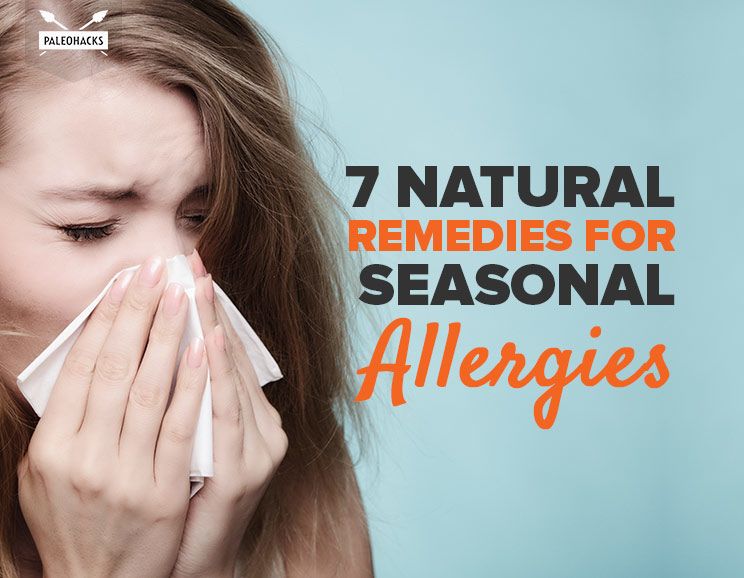

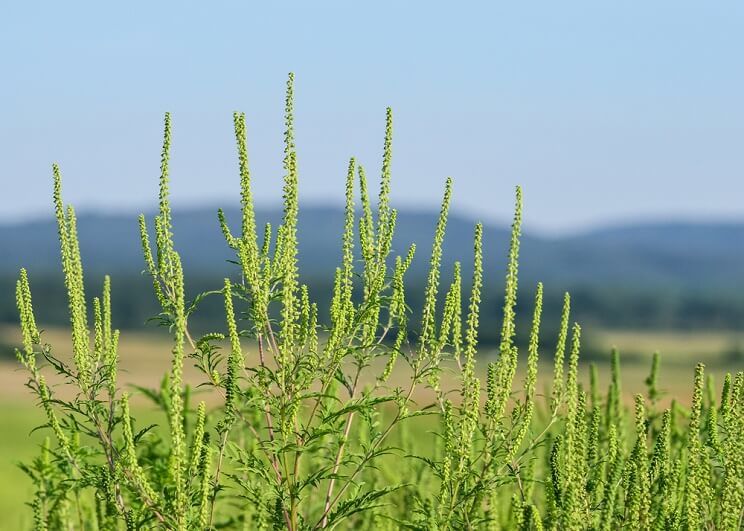



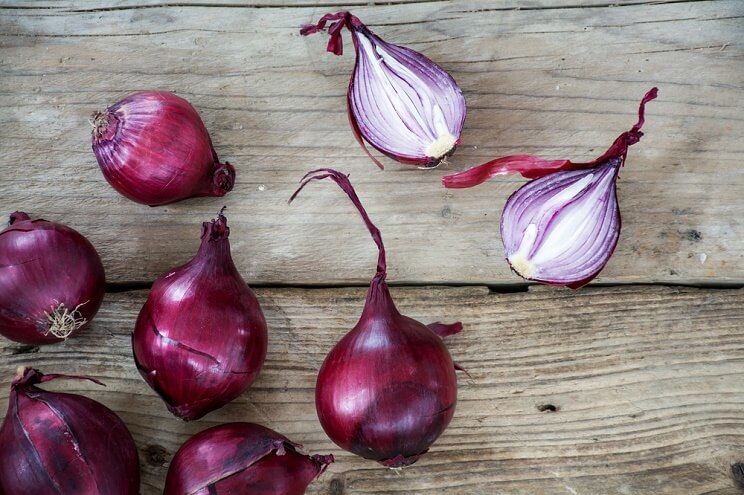
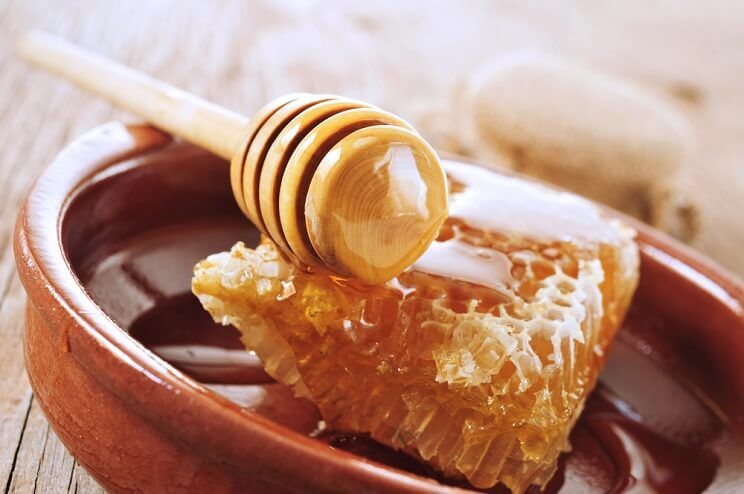
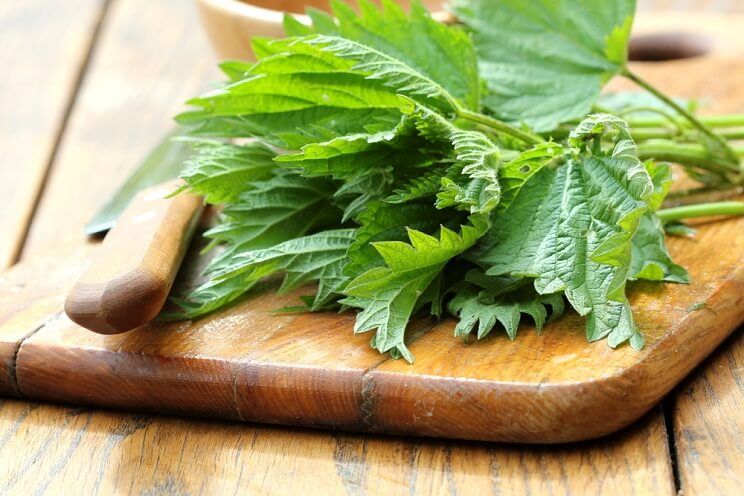
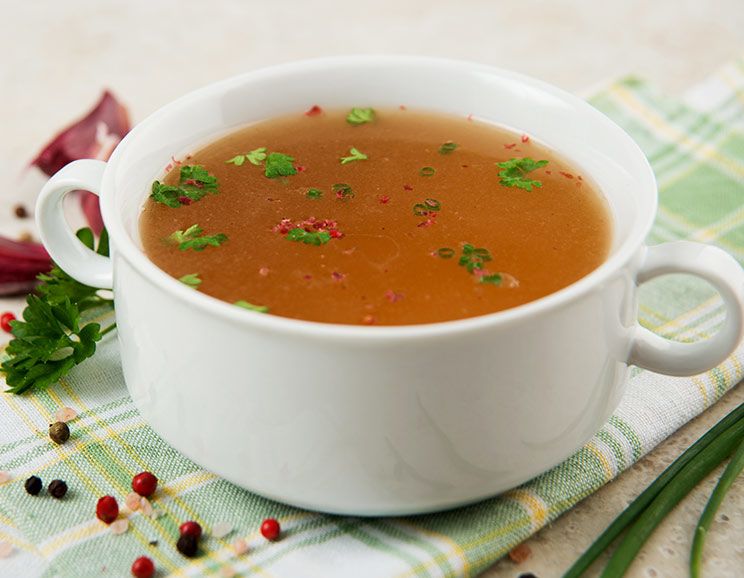
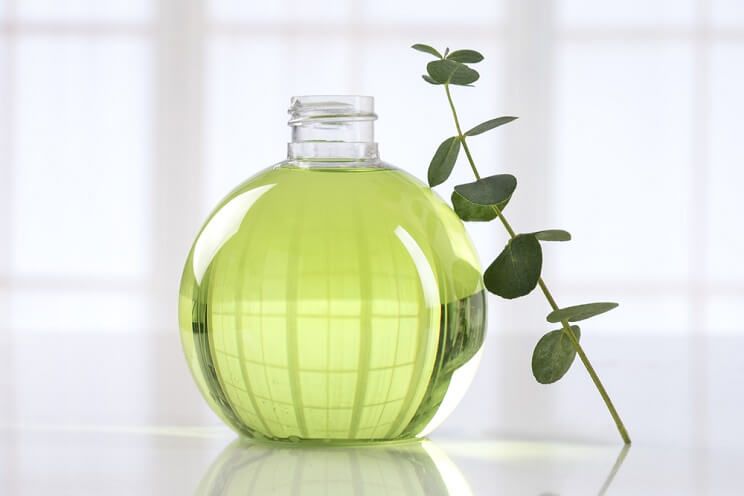
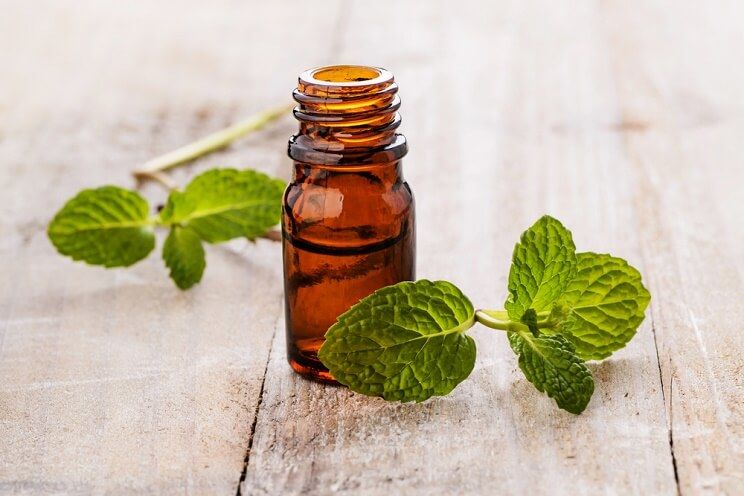
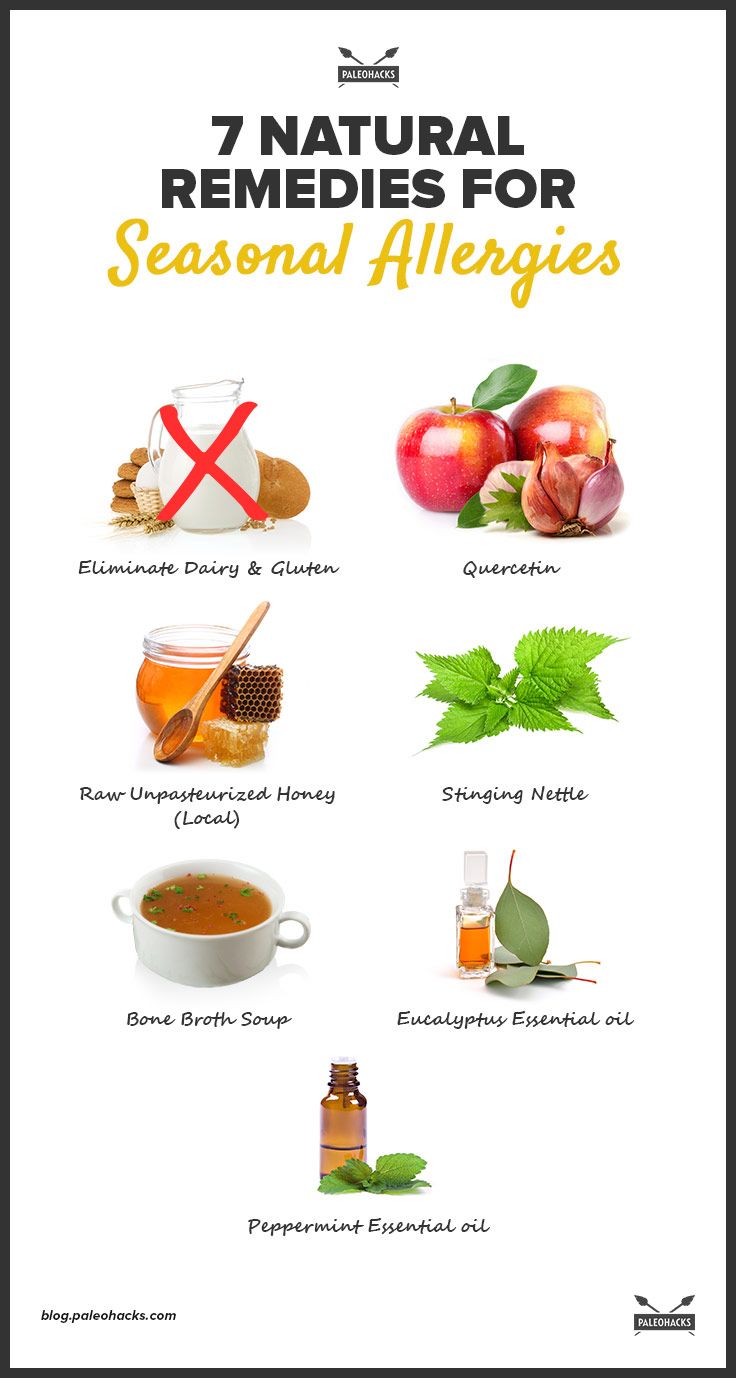
 One-Pan Harvest Chicken Dinner with Brussels Sprouts and Butternut Squash
One-Pan Harvest Chicken Dinner with Brussels Sprouts and Butternut Squash

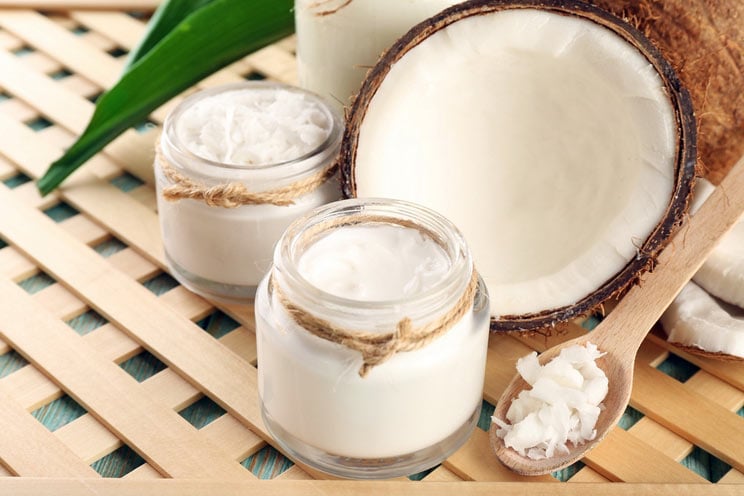

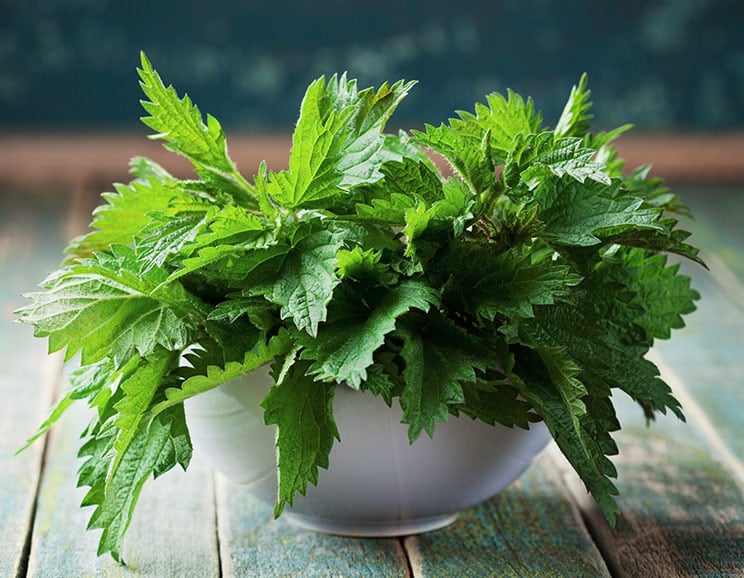
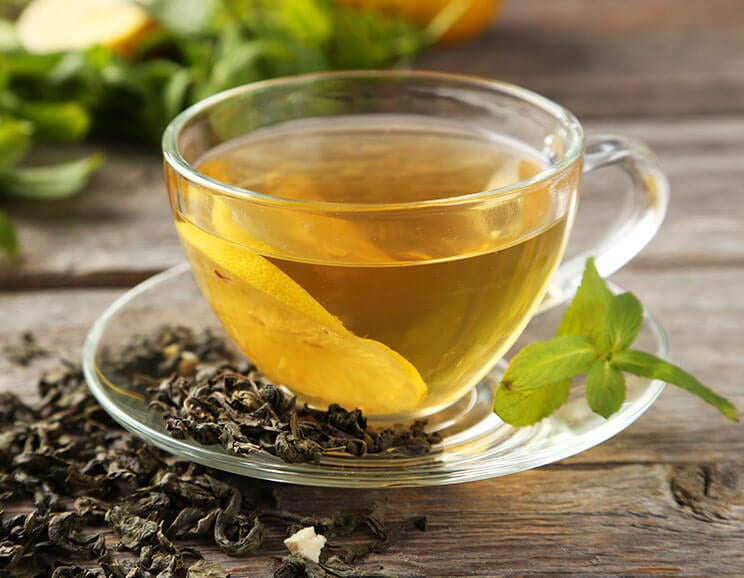
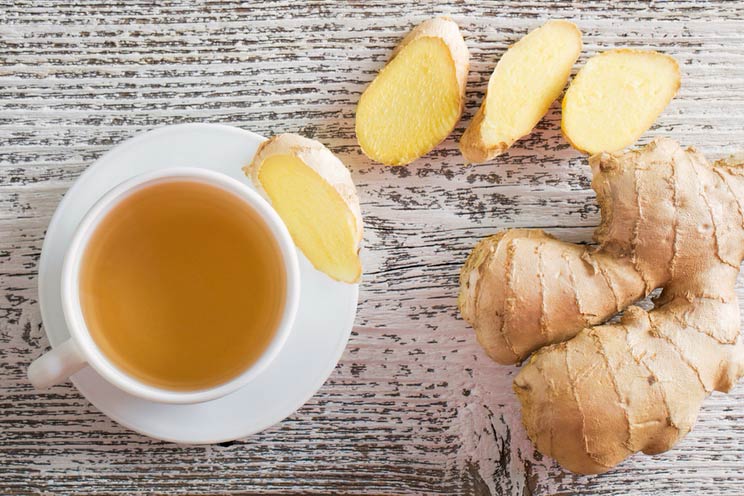



Show Comments